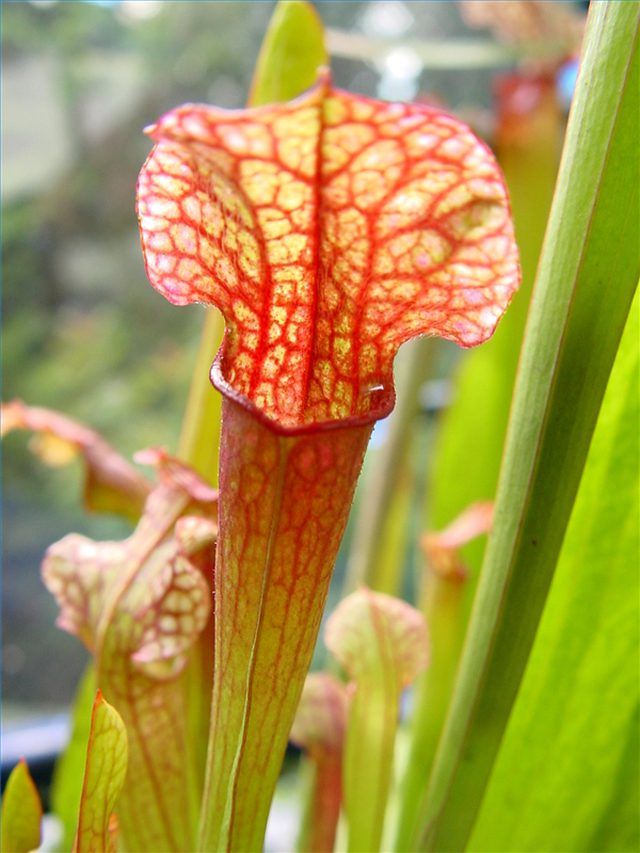Bulbs
Flower Basics
Flower Beds & Specialty Gardens
Flower Garden
Garden Furniture
Garden Gnomes
Garden Seeds
Garden Sheds
Garden Statues
Garden Tools & Supplies
Gardening Basics
Green & Organic
Groundcovers & Vines
Growing Annuals
Growing Basil
Growing Beans
Growing Berries
Growing Blueberries
Growing Cactus
Growing Corn
Growing Cotton
Growing Edibles
Growing Flowers
Growing Garlic
Growing Grapes
Growing Grass
Growing Herbs
Growing Jasmine
Growing Mint
Growing Mushrooms
Orchids
Growing Peanuts
Growing Perennials
Growing Plants
Growing Rosemary
Growing Roses
Growing Strawberries
Growing Sunflowers
Growing Thyme
Growing Tomatoes
Growing Tulips
Growing Vegetables
Herb Basics
Herb Garden
Indoor Growing
Landscaping Basics
Landscaping Patios
Landscaping Plants
Landscaping Shrubs
Landscaping Trees
Landscaping Walks & Pathways
Lawn Basics
Lawn Maintenance
Lawn Mowers
Lawn Ornaments
Lawn Planting
Lawn Tools
Outdoor Growing
Overall Landscape Planning
Pests, Weeds & Problems
Plant Basics
Rock Garden
Rose Garden
Shrubs
Soil
Specialty Gardens
Trees
Vegetable Garden
Yard Maintenance
Pitcher Plant Habitat
Pitcher Plant Habitat. Pitcher plants are carnivorous plants native to eastern North America. They get their name from the water-filled vessel formed from the plants' leaves. Although insect-eating plants may seem exotic, these perennials will make themselves right at home in your own backyard as long as you provide them with the appropriate...

Pitcher plants are carnivorous plants native to eastern North America. They get their name from the water-filled vessel formed from the plants' leaves. Although insect-eating plants may seem exotic, these perennials will make themselves right at home in your own backyard as long as you provide them with the appropriate habitat they need to thrive.
Features
The leaves of the pitcher plants form hollow tubes that collect water. These tubes are covered by a leaf that serves as a hood to control the amount of rain that falls into the tube. Insects fall into the tubes, drown and are digested by the plant. Flowers are bright yellow, red, maroon, pink, rose or purple, depending on species. (see reference 1)
Geography
Native pitcher plants are perennials that grow in wetlands from Canada south to the Florida coast. Many species growing in the southeastern U.S. retain their green foliage year-round. Potted pitcher plants are winter-hardy in southern states. North to Zone 5, potted specimens can survive winter with some special handling: bury the pots underground to the rim in a sunny area. (see reference 2)
Natural Habitat
Wild pitcher plants grow in sunny bogs covered with peat moss. The soil is waterlogged, low in mineral salts and has a low pH. The soil in a bog contains little nitrogen. Eating insects is an adaptation of plants that live in a nitrogen-poor habitat. Pitcher plants trap insects to obtain nutrients they do not get from soil. (see ference 3)
Requirements
Pitcher plants need a lot of sun and a lot of moisture. Plant them in an open area that receives at least six hours of direct sunlight per day during the growing season. Soil should remain moist but not overly saturated; nor should the soil dry out completely. Pitcher plants prefer acidic soil that is similar to their native soil: add peat moss, and possibly sand, depending on the variety. (see reference 2)
Considerations
Pitcher plants do not need to be fertilized. Fertilizers typically contain nitrogen. Unlike most other garden plants which thrive in nitrogen-rich soil, pitcher plants grow in a nitrogen-depleted environment. Bacteria in pitcher plants secrete enzymes that digest insects. The result is a liquid food for the plants that is high in nitrogen. (see reference 1)
Pitcher plants are protected by federal and state laws. While most plants in home gardens were collected in the wild, some nurseries sell specialty hybrids. (see reference 2)